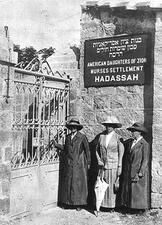Politics and Government

Laura Margolis Jarblum
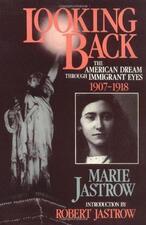
Marie Grunfeld Jastrow
Author of two critically acclaimed books on immigrant life, Marie Grunfeld Jastrow was educated in a German school, and lived in Serbia before moving to New York with her family at age ten. Her two memoirs, A Time to Remember: Growing Up in New York Before the Great War and Looking Back: The American Dream through Immigrant Eyes, touched audiences deeply.
The Jewish Family in Early Twentieth-Century United States
Jewish Migrations to the United States in the Late Twentieth Century
Jewish Mothers of the Plaza de Mayo
The Jewish women who formed part of the Mothers of the Plaza de Mayo were pivotal to the human rights movement in Argentina, fighting for truth and justice for victims of the 1976-1983 dictatorship that resulted in 30,000 disappeared, tortured, and killed.
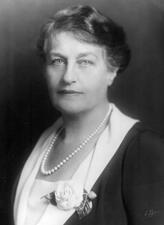
Jewish Museums in the United States
American Jewish women have played an outsized role in the foundation of Jewish museums all over the country. Barred from traditional spaces of power in the early twentieth century, many women—adjacent to power as Rebbetzins, philanthropists, and secretaries of libraries and other Jewish organizations—leveraged their connections to found new kinds of cultural institutions: museums.
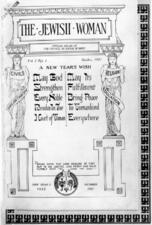
The Jewish Woman
Roza Shoshana Joffe
Roza Shoshana Joffe was a teacher who made Aliyah from the Ukraine, determined to establish a school for girls in Palestine. After many years teaching in Jaffa, she left the city for a village near the Sea of Galilee, where she bought and operated her own farm and hoped to open a school for farmers’ daughters.
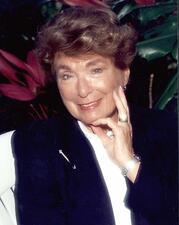
Geri M. Joseph
Geri M. Joseph, a pioneer in the acceptance of women in journalism and politics, was a prize-winning newspaper reporter, an American Ambassador to the Netherlands during the Carter administration, and the first woman to be elected to several business boards in Minnesota.
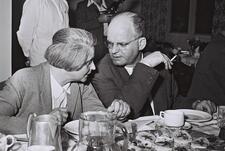
Senta Josephthal
Senta Josephthal was German-born Zionist activist who was particularly influential in the kibbutz movement. She trained and recruited young Germans to the movement and represented the kibbutz movement in national organizations and political arenas after emigrating to Palestine.
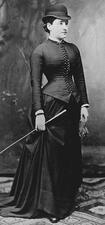
Juedischer Frauenbund (The League of Jewish Women)
Founded in 1904, The League of Jewish Women pursued secular German feminist goals while maintaining a strong sense of Jewish identity. The League supported vulnerable women through practical social reforms while fighting for political power within the German Jewish community. It saw employment opportunities as essential to women’s economic, psychological, and emotional independence.

Irma Rothschild Jung
Irma Rothschild Jung, a native of Randegg, Baden, Germany, was born on July 1, 1897, and until her death close to a century later, dedicated her substantial energies to pioneering Jewish communal programs in aid of the needy. Her leadership and influence were deeply felt in the broader Jewish community by the countless individuals, young and old, who benefited from her generous spirit.
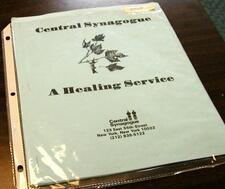
JWRC: Eleanor Leff Jewish Women's Resource Center
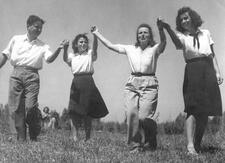
Gurit Kadman
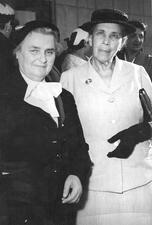
Rachel Kagan (Cohen)
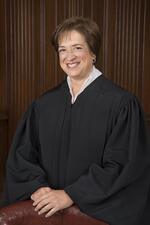
Elena Kagan
Elena Kagan, the second Jewish woman to serve as an Associate Justice of the United States Supreme Court, was appointed by President Barack Obama after a distinguished government and academic career. While she has maintained a low profile on the Court, she has chosen to speak through her incisive opinions and her pointed questioning during oral argument.

Helena Kagan
Helena Kagan, a pioneer of pediatric medicine in pre-State Palestine, is known to this day as the children’s doctor of Jerusalem, the city where she settled following her aliyah in 1914. Kagan tended to generations of children—Jews, Muslims, and Christians—saving many of them from sickness and death.
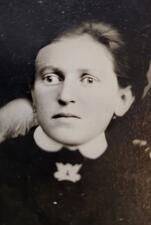
Adina Kahansky
Zionist and women's rights activist Adina Kahansky emigrated from Lithuania to Argentina in 1894 and arrived in Erez Israel in 1902. One of the first two women in the Yishuv elected to a local council, he settled in Rishon le-Zion, joined women's organizations, and published in the Hebrew press advocating for women’s rights, the implementation of the Hebrew language, and a Jewish state.
Dorothy C. Kahn
During the Great Depression, Dorothy C. Kahn helped pioneer social work as a service provided by the government to all who needed it. Kahn developed, implemented, and advocated for social welfare programs and policies whose underlying principles upheld her deepest beliefs about what social welfare could mean in a democracy.
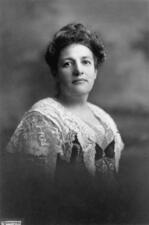
Florence Prag Kahn
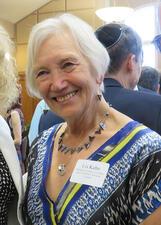
Lis Kahn
Ita Kalish
Ita Kalish was a Zionist activist, Jewish Agency employee, Israeli civil servant, journalist, and memoir writer. Born into the Warka Hasidic dynasty, Kalish rejected her upbringing and went on to write nuanced portrayals and female-centered literature about the Hasidic community. Kalish’s memoirs are a rich source on the inner life of the Hasidic courts of Poland at the turn of the twentieth century and center around her own and her friends’ journey to leave what they considered the stifling atmosphere of the Hasidic world.
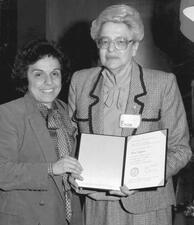
Aline Kaplan
As executive director of Hadassah, Aline Kaplan credited the organization’s success to the commitment of its volunteers, whose numbers grew to a staggering 370,000 during her tenure. In addition to her impact at Hadassah, she was also a board member in several Zionist organizations and a delegate to the World Zionist Congress.
Regina Kaplan
Regina “Kappy” Kaplan was nurse, teacher, hospital administrator, and health care innovator. Most notably, Kaplan helped break down gender barriers in medicine by creating the first nursing school in the South that admitted male students.
